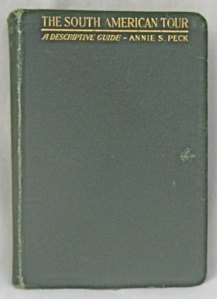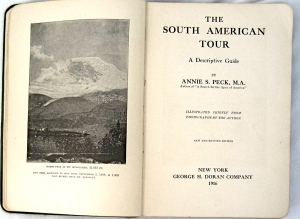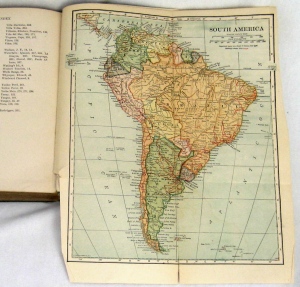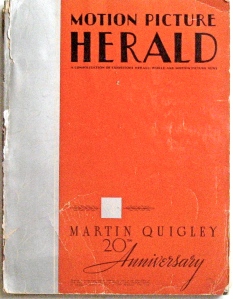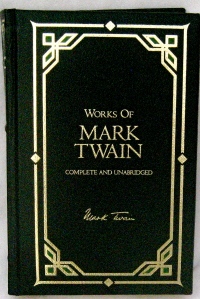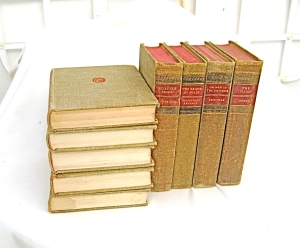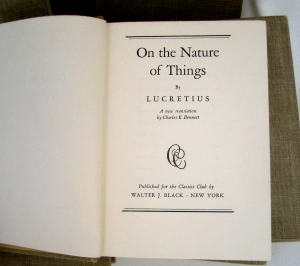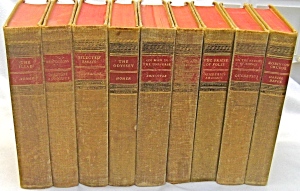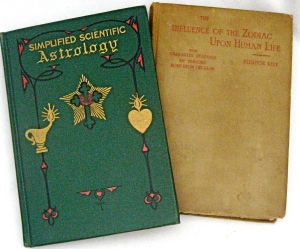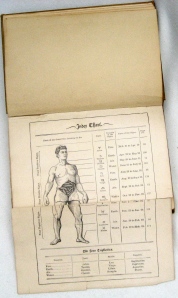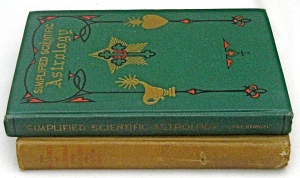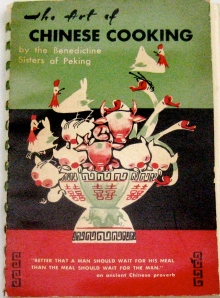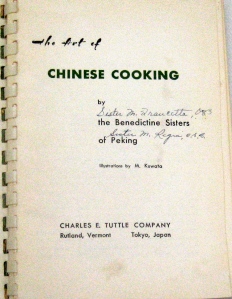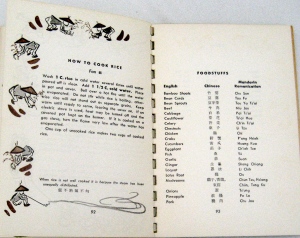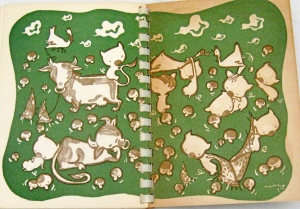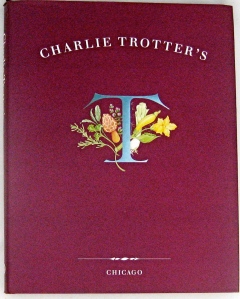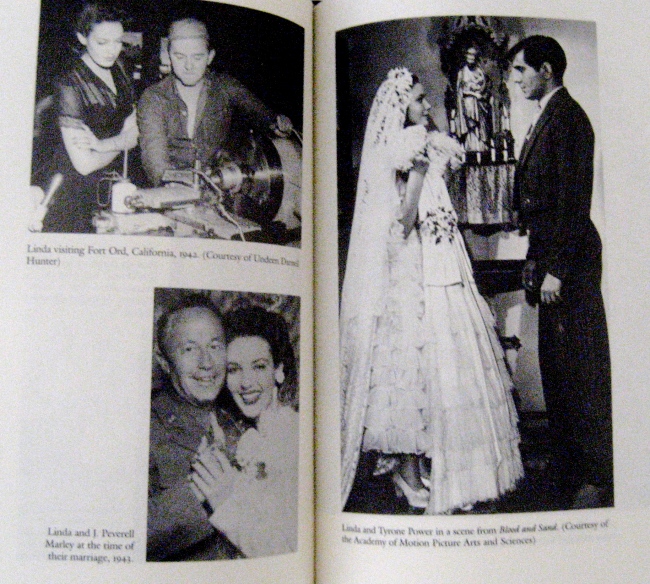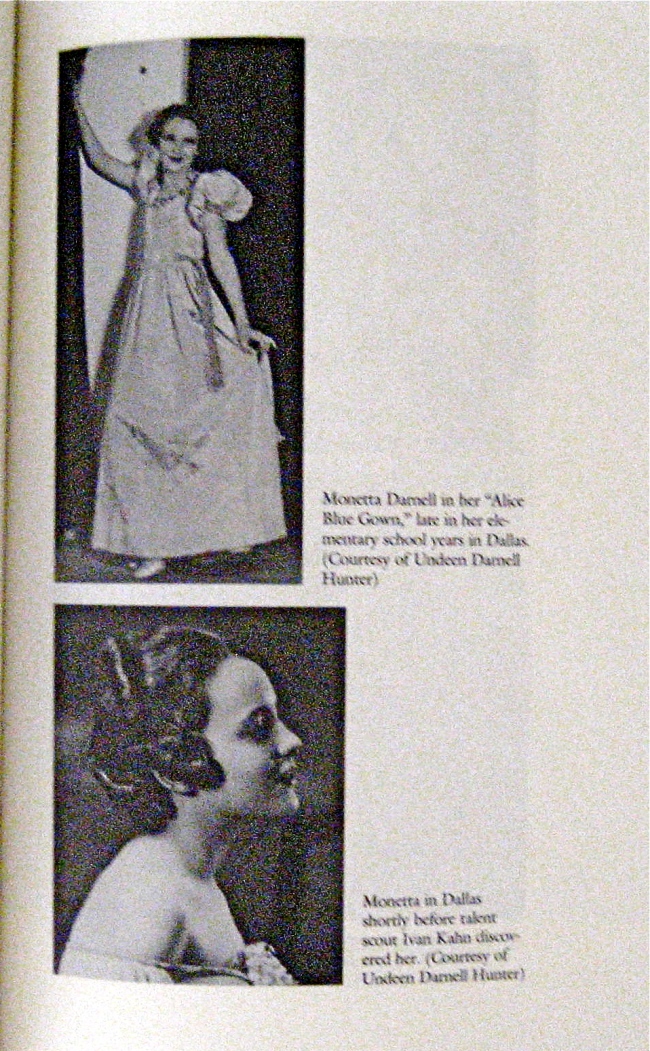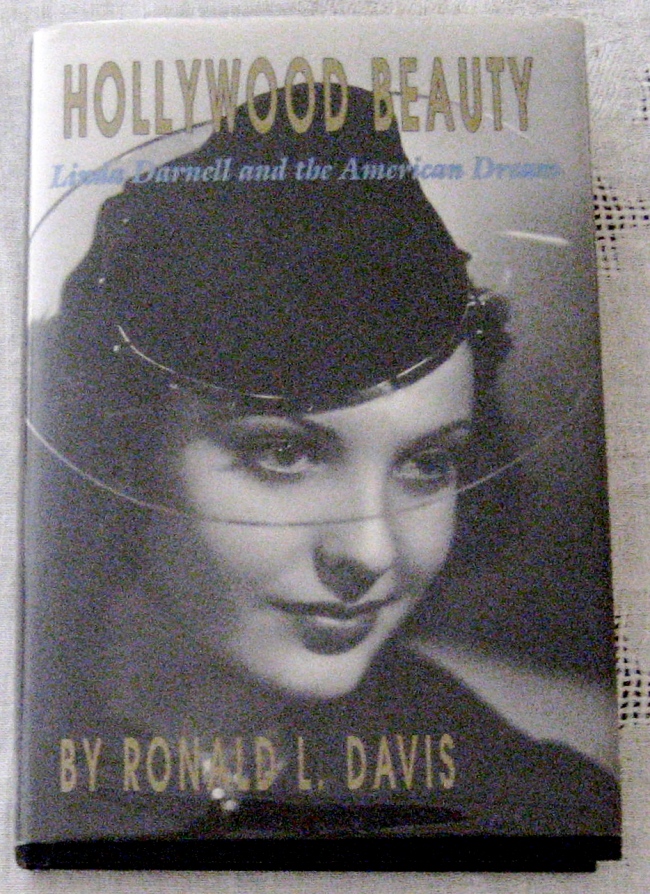On Annie S. Peck, Pioneering Feminist Mountaineer/Author, 1913
S.A.
 Let's now raise a toast to Annie S. Peck, author/photographer, world-traveler, and the climber of many mountains , all accomplished in the early 1900s. She was a trail-blazing feminist, and adventuress.
Let's now raise a toast to Annie S. Peck, author/photographer, world-traveler, and the climber of many mountains , all accomplished in the early 1900s. She was a trail-blazing feminist, and adventuress.
Just below is her book: The South American Tour, published in 1916 (revised from a 1913 first edition). It is a detailed travel guide to well-known and un-known South America, including The Panama Canal (prior to its opening), and such cities as Lima, La Paz, Santiago, Buenos Aires, Sao Paulo and Rio. Peck traveled by sail, rail steamer, and one would guess, some times, by foot and by horseback.
And in between her various stops along her South American route, Peck climbed mountains, including, in 1908, the North Peak of Peru's Mt. Huascaran (21,812 feet, some 1400 feet higher than Mt. McKinley). At that time, "greater than any man in American has yet (1916) achieved."
In her travel guide, Peck not only described the countryside, but also offered a sampling of hotels in each city. She noted a stay at the luxe Hotel Plaza in Buenos Aires, would run $4.40/day (the lowest price). "The Plaza, under the management of the world famed Ritz Carlton people, is naturally the grand affair that one would expect, the pompous, uniformed British attendants easily leading one within to fancy himself in London"...
Peck's book is yet another wonderful example of the surprises you can find inside the covers of a well-traveled, 100-year-old book. Here, the history of the author seems equally, if not more, important than the book's contents. Reading Peck's biography, you can learn about how she planted a flag calling for Women's Right to Vote on a Peru mountain-top. And how she climbed in pants, at a time, when women wearing pants was a great scandal. Some times, Peck wore a disguise as a man, but only when it was the only way to climb with others. Peck wrote deftly about all of her experiences and often with a wry sense of humor. Her book offered readers a rare view of South America, from the ground-up.
Though denied entrance to Brown University, because she was a woman, Peck persevered in her classical studies and Greek education in Rhode Island, in Michigan and in Europe. Her background helped her write knowledgeably about the countries she toured and the mountains she conquered.
For all of her accomplishments, Peru awarded her a gold medal and a cigarette company created a trading card for her. But today, she is largely unknown. Found books, like this, can rectify that.
The South American Tour, A Descriptive Guide by Annie S. Peck. George H. Doran Co., 1916. 398 pages, with fold-out map.

